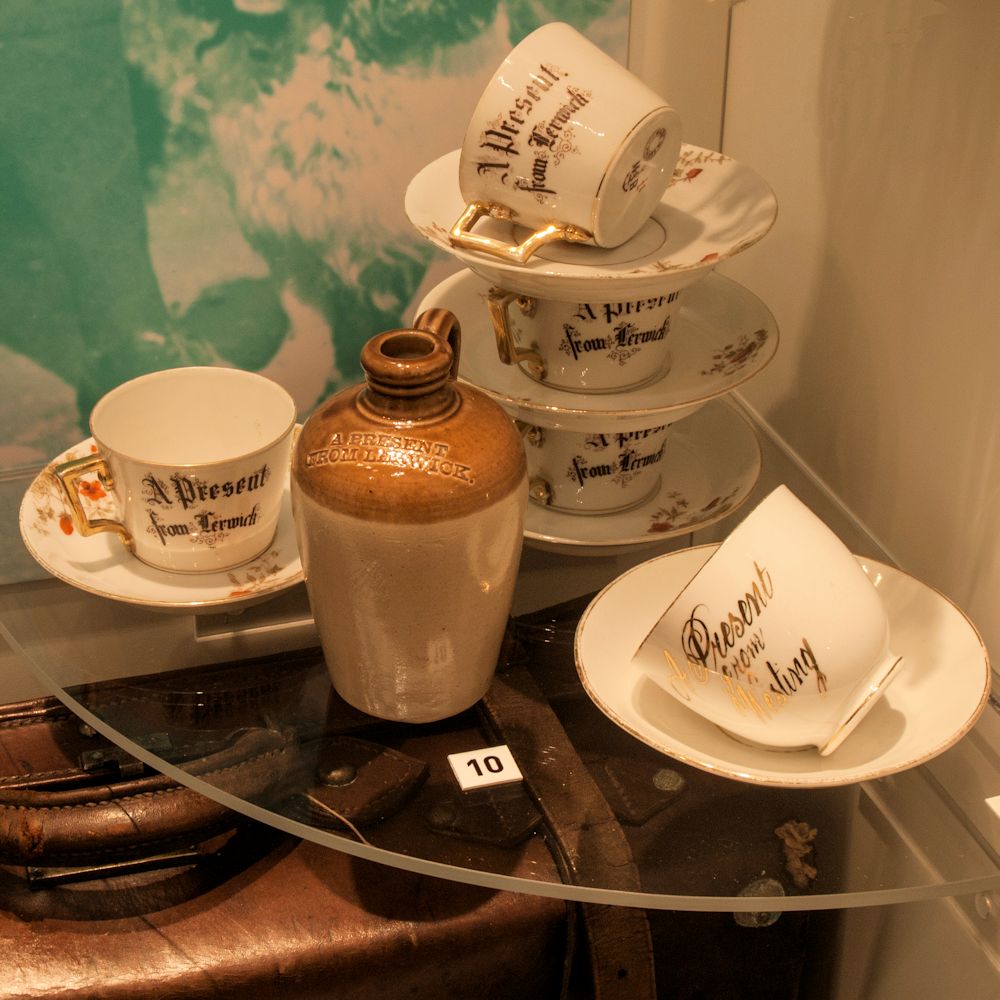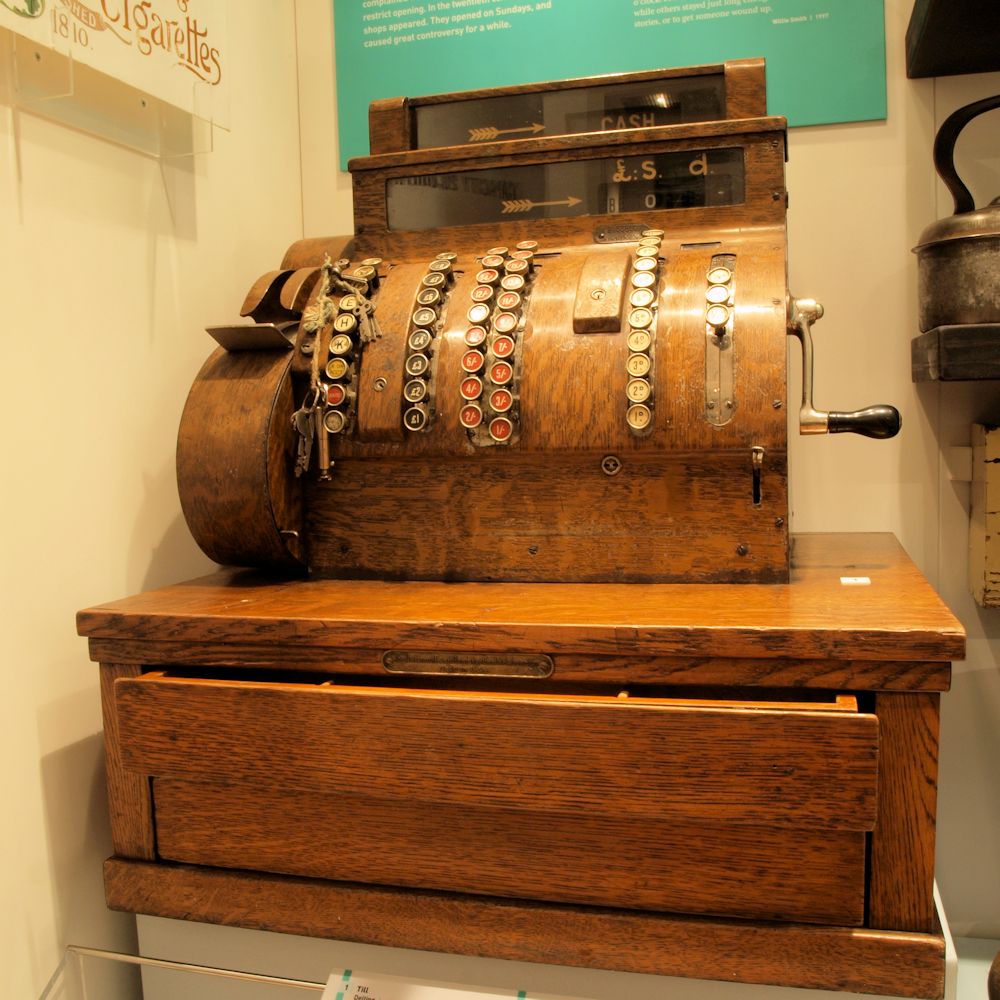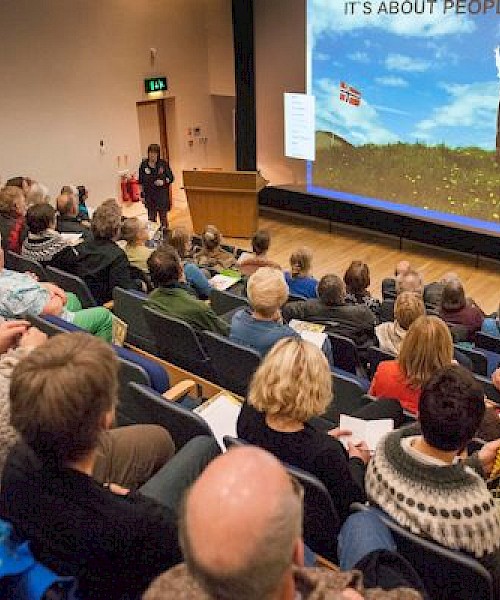Trade and Industry
In the trade and industry zone, discover the dramatic changes in agricultural practices, the impact the oil industry has had on the local economy and how the tourist industry moved Shetland from obscure islands to a desirable destination.
From around 1900 subsistence agriculture was replaced by crofting – a type of commercial farming. Smallholders were protected by law. They bought imported tools to replace home-made ones and machinery to make work easier. Later, government money subsidised crofters and grants aided the procurement of buildings or equipment.
From 1800-1950 traditional trades, like carpentry and blacksmithing, prospered as people bought their goods. In recent years, imports have undermined these skills.
Artefact themes here include: Tourism, agriculture, the oil industry, tradesmen and retail.
Highlights include:
- A souvenir Shetland tea set from 1910 – Local shops sold huge amounts of souvenir crockery to tourists; this set dates from around 1910.
- A shop till – The heyday of local shops was the 1920s and merchants over the islands filled their tills.
- Carpenter's tools – Every building project depended on tradesmen; after the stonemasons completed their work, joiners and plasterers took over.
- Mechanised farming equipment.
 View Full Size
View Full Size View Full Size
View Full Size View Full Size
View Full Size View Full Size
View Full Size